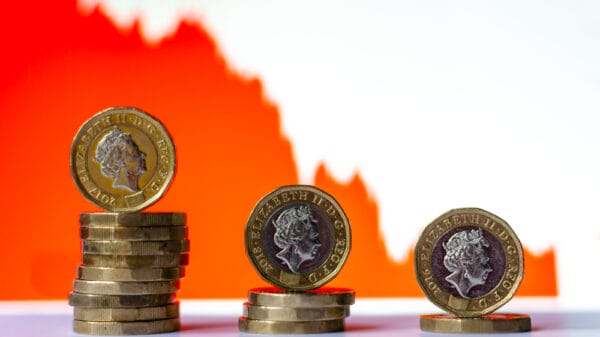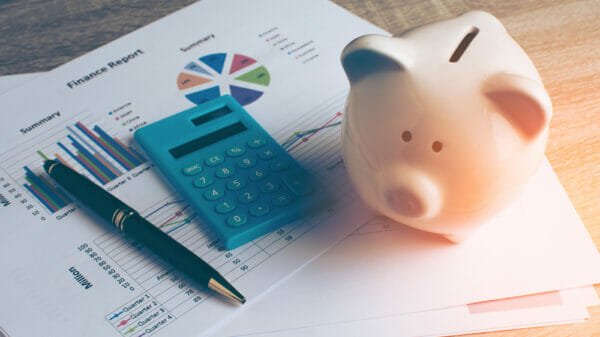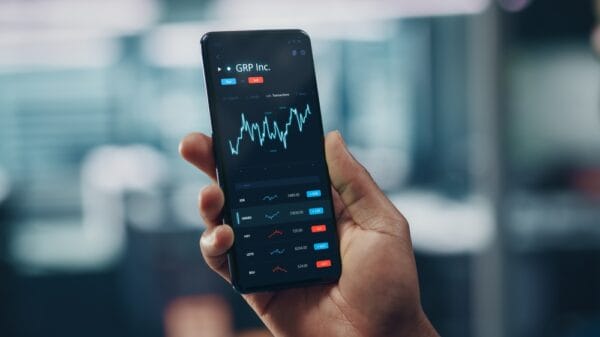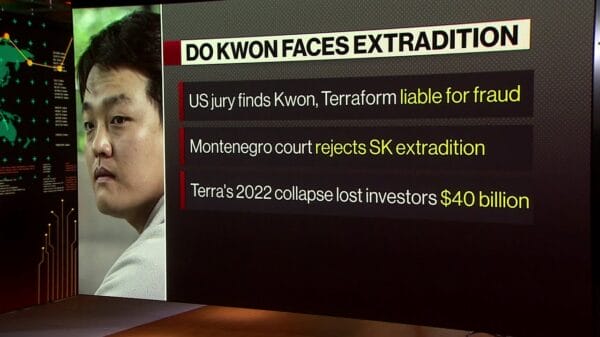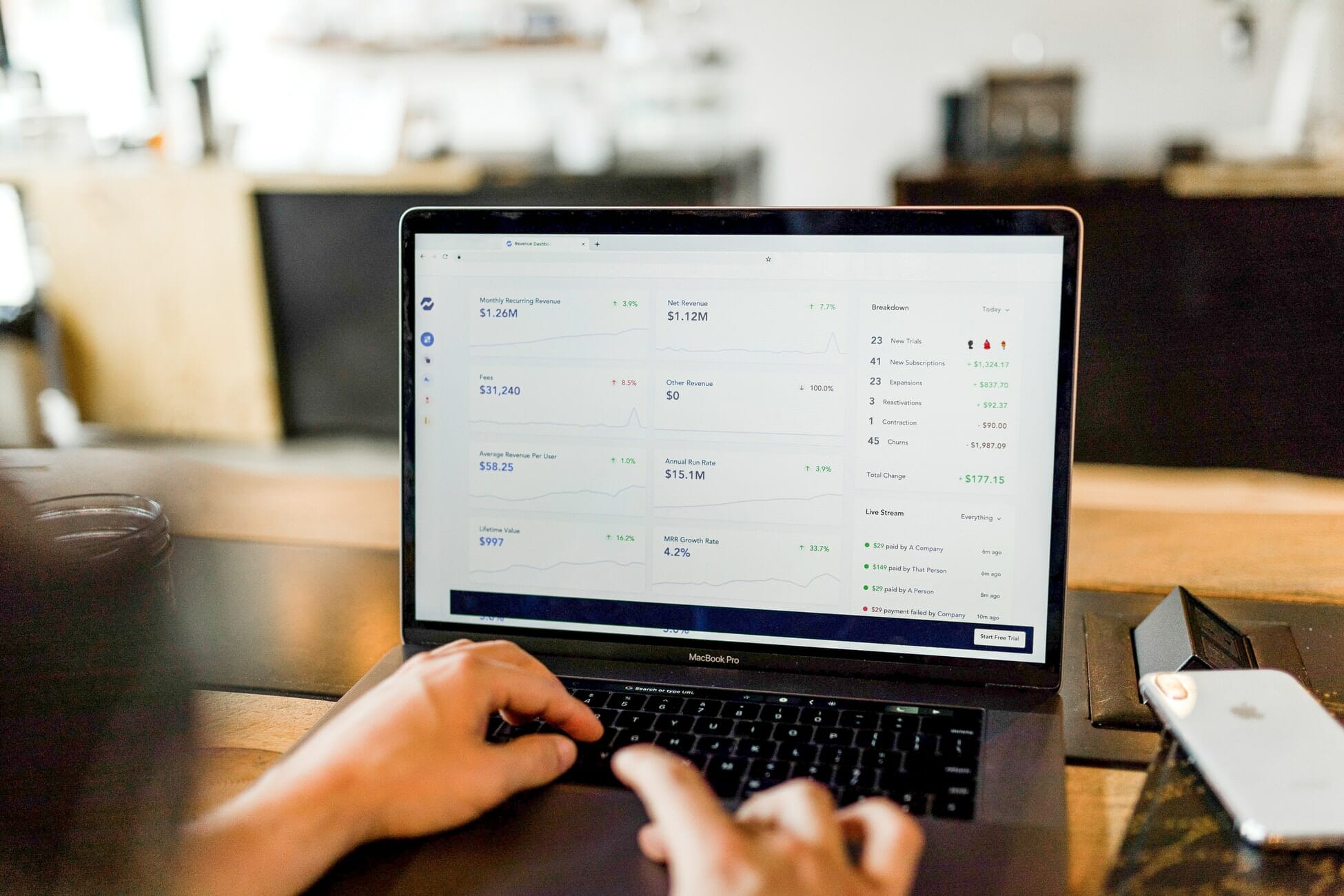It’s not just about your current assets, but also about your future financial stability.
There was a time when I found myself in a tough spot without a job and facing ongoing bills. While I had some savings, I knew it wouldn’t be wise to keep spending without a plan. So, I calculated how long I could sustain myself using my savings before facing a financial crisis. This deadline pushed me to actively search for new job opportunities and luckily, I secured one before exhausting my savings.
Sharing this experience underscores the importance of not only assessing your current financial situation but also planning for the future. Planning ahead is a fundamental aspect of personal finance, and having concrete data is more reliable than making assumptions.
My financial planning involves three key steps. Firstly, I sum up my existing savings and expected annual income from my current job. Next, I list all my regular expenses like utility bills, insurance premiums, and subscriptions, deducting them from the first total. Lastly, I account for potential irregular expenses such as home or car repairs, clothing replacements, or sudden medical costs separately.
By calculating these separate totals, I can forecast my financial standing in a year and determine if my savings and earnings can cover unexpected costs. If these unpredictable expenses threaten to exceed my financial resources, it’s a sign that I may need to adjust my budget.





